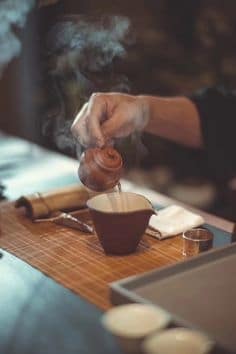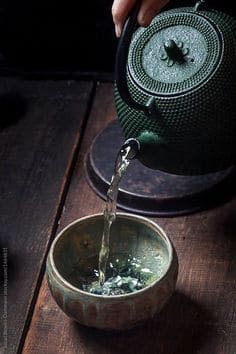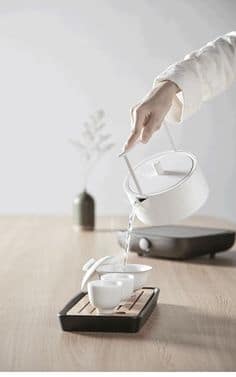
When brewing matcha or tea, we often steep leaves in hot water, letting it sit for a while before pouring.
However, this approach can sometimes mask the tea’s true flavor potential. Brewing each type of tea follows basic principles, but there are nuanced methods that help extract the best taste and nutrients.

Every tea variety contains unique nutrients in differing amounts, largely determined by how it’s processed. These nutrients shape each tea’s flavor profile. For instance, teas rich in amino acids have a mellow, smooth taste, while those high in catechins deliver astringency and bitterness.

Beyond tea type, the “water” used in brewing plays a critical role in the tea’s taste and aroma—an often-overlooked factor. High-quality water can help unlock the full character of the tea. Matcha, being a type of green tea that isn’t fermented, is particularly sensitive to water temperature.
Using boiling water (100°C) can cause its catechins to overpower the flavor, resulting in an unpleasant bitterness. Instead, to preserve the delicate amino acids in matcha and minimize bitterness, a water temperature of 50-60°C is ideal. At this range, amino acids dissolve well, while catechins remain controlled, leading to a more balanced brew.

In European tea culture, bottled water is commonly preferred to avoid the mineral taste from mineral water, which can overshadow tea’s natural flavor.
In Asia, however, certain mineral waters are actually considered to enhance tea brewing.

Lastly, avoid tap water when brewing tea, even if it’s filtered. Tap water may carry traces of chlorine or other odors that can interfere with the tea’s aroma and overall experience.
